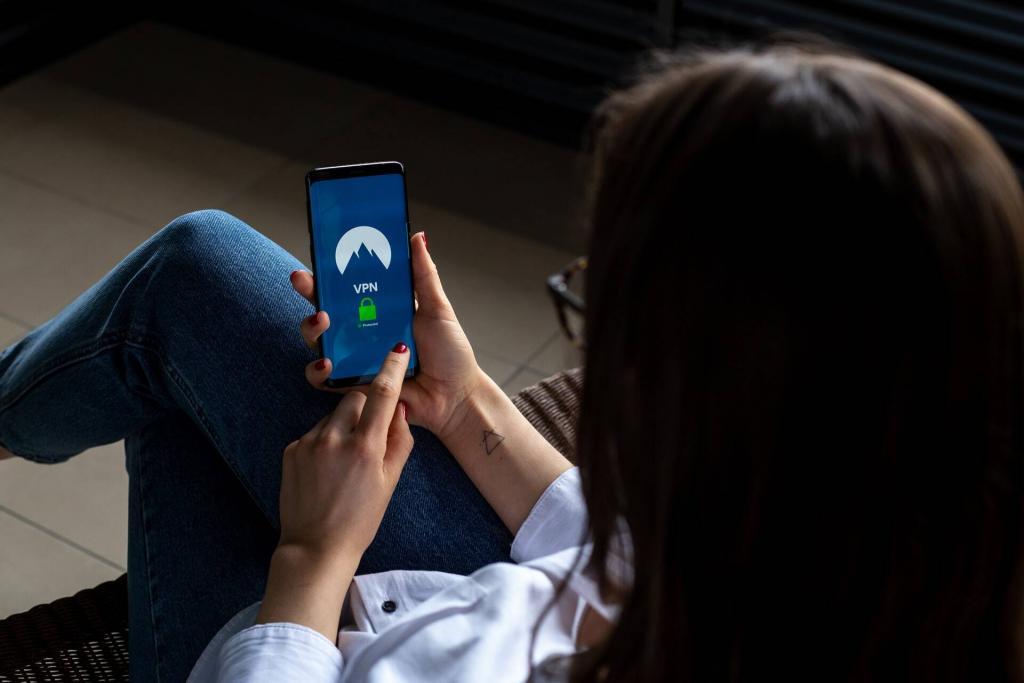Legal and financial services providers are accustomed to dealing with stringent security requirements and managing the secure flow of personal data – to maintain the trust of their customers as well as meet strict regulatory compliance.
Data Loss Prevention (DLP) has an important role to play here – in preventing real-time data loss helping businesses prevent future risks. Let’s take a look at some real-world scenarios linked to the use of DLP.

Mitigating Mistakes
You’d be hard-pressed to find someone who hasn’t either sent an email to someone they shouldn’t have, or received one from someone they shouldn’t have. Because of the pace that we work at, and given the prevalence of auto-complete fields in email clients – these mistakes easily happen. However, the impact – particularly in legal and financial settings – can be costly to businesses and their clients.
DLP software intervenes at the point of user error; by tracking the intended movement of sensitive data. In other words, it simply would not allow the email to be sent as can identify the fact there’s sensitive data attached to the message.
The software can track and notify users of their error, to help give them insight into the issue. In this way, DLP tools can be used to train teams, helping them keep data more secure in the future.
Similarly, when a board meeting is held and the company’s financials are handed out to all attendees, the documents are shredded and disposed of securely and promptly afterwards to protect the contents of the documents.
Now consider a remote meeting where this data is transmitted electronically. Does the person distributing the information understand the risk of this transmission and how to mitigate that risk? Thankfully, DLP can prevent commercially sensitive data from leaving the business.
Masking Sensitive Information
A great example of DLP working in real-time with client data is when masking credit and debit card information. FCA regulated companies must mask the first 12 digits of customer cards to keep them secure and DLP takes care of this.
What if an employee scans a private document at work to email to themselves. Because this has happened on company hardware, the company now has a responsibility under GDPR to manage and protect this data. DLP has the power to trace and then block these transmissions from occurring and this, in turn, helps to train people to think about all forms of data moving through the business.
On top of these examples of DLP usage, it’s now apparent that remote working is here to stay. Even as companies pivot back to office environments, many will have prepared to keep elements of remote working throughout their business. A change in mindset is required to ensure that we address the issues of data loss in these scenarios so that secure remote working can continue without concern.
In this short blog, we’ve covered some common examples of Data Loss Prevention intervening at critical moments. Hopefully, you can see how easy it is for mistakes and a lack of understanding can cause costly data breaches. However, by using DLP software you can bolster your defence against data loss.











